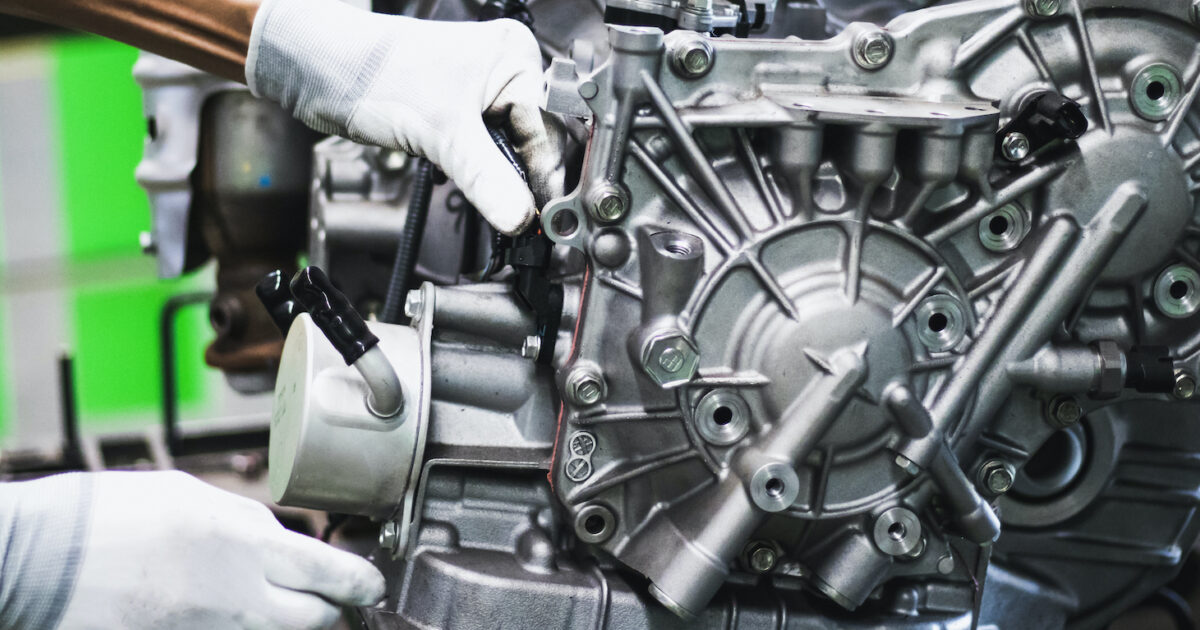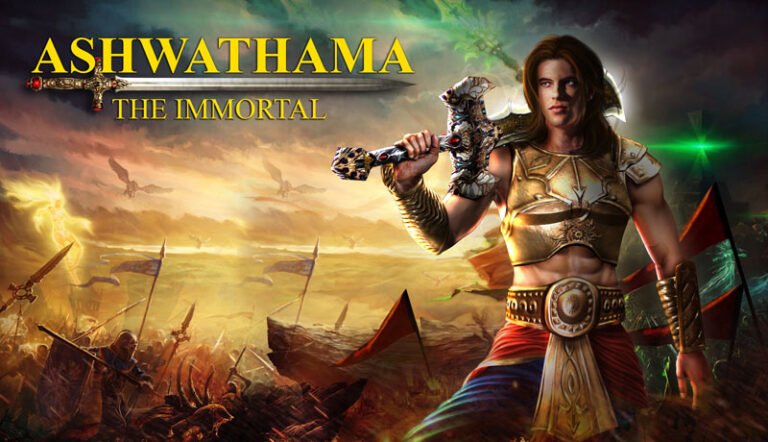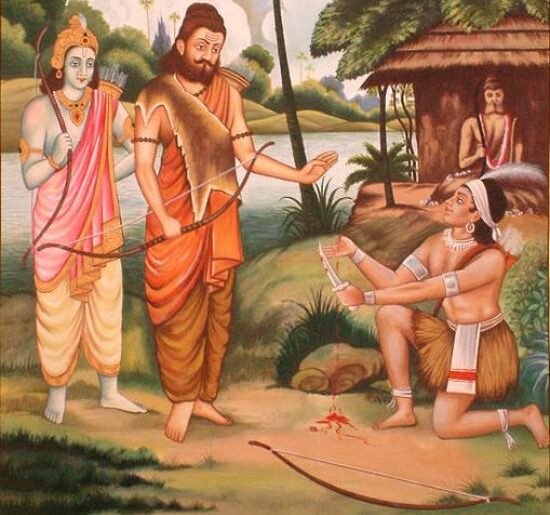(Originally posted on Feb 11, 2020 on the Drishti blog)
After many decades of incremental improvements, the automotive industry is experiencing a sea change. Driving this change are many factors: electrification, ride sharing, autonomous vehicles, the disruption of international supply chains and the fast-growing middle class in large parts of the world.
For example, McKinsey says the electric vehicle (EV) market is growing at about 60% a year, from 6 million units this year to about 44 million in 2030. Similarly, fully autonomous vehicles are expected to account for up to 15% of new cars sold in 2030.
For automotive suppliers and OEMs, these changes mean uncertainty. How do manufacturers optimize their current operations, and make the right future bets, when the industry is in flux? How do they remain financially solvent, yet flexible enough to weather the inevitable storm on the horizon? How do they execute and build good products in the midst of change?
Being flexible is key to responding to this dynamic. The most flexible production system out there is still the incredible, irreplaceable human being. Elon Musk himself said it best:

Humans can go from building product A to product B with a few minutes of instructions, with no programming needed and no tooling to be designed and built.
To be sure, once a product is mature, manufacturers will automate and create efficiencies. But that requires certainty. And until the industry regains that certainty — in 10 years? 20? longer? — the best bet is to invest in the flexibility of people, and use technology like Drishti to increase the joint potential of human and machine.
Here are three key area where Drishti provides support to automakers as the industry navigates these uncertain times:
Productivity and quality improvements
The auto industry has seen very little consolidation when compared to other industries, but that will likely change in the coming years. As the market consolidates and adapts, automotive manufacturers need to hold on to their customers longer — and that means surpassing customer expectations and outshining the competition.
Drishti can help, but don’t just take our word for it. Our customer, DENSO, has seen double-digit improvements on metrics across the board, from productivity increases to reductions in defect rates to adherence to standardized work — the core of the Toyota Production System. That’s because we provide analytics continuously and in real time, allowing supervisors and managers to make quick decisions to address bottlenecks, balance lines and others as they happen, not after the fact.
Production optimization to support new product introductions
Manufacturers in the automotive industry are scrambling to enter, or dominate, new markets. But new product introductions can take a long time, and manufacturers need to establish themselves in a new market — the right new market — quickly and efficiently.
You know that transmissions are likely being phased out, but where’s the industry going next? And how can you test new products that aren’t yet proven without losing valuable time retooling your whole factory if it ends up being the wrong bet?
Drishti’s AI-driven computer vision platform helps manufacturers rapidly iterate through process and product changes as the manufacturing process is scaled for volume. Every month it takes to ramp production is a month of revenue lost; Drishti can cut that ramp time significantly.
Line associate training
As I visit manufacturers around North America, every one of them articulates the same problem: It’s really hard to find associates to work on their lines who are good with their hands. And maybe even more importantly, it’s challenging to train and retain them.
Not surprisingly, the available manufacturing labor pool is very small; there are more jobs than people to do them. The Fabricator says there will be 2.5 million unfilled manufacturing jobs through 2028. And those who do take manufacturing jobs have a high chance of leaving, as the annual turnover rate is as much as 30% at some companies.
In this environment, auto manufacturers need to expedite training at scale. With a system like Drishti, training is easier to deliver than ever before, because every step of the assembly process is backed by video. Not surprisingly, YouTube-style training resonates with millennials on the factory floor.
We’ve also found that employees at factories like DENSO’s are excited to use Drishti because it helps them train continuously without interference from a manager. The system nudges the line associate when a mistake happens, giving him or her the opportunity to fix the problem, unbeknownst to anyone else. Just like an email spell checker helps you fix typos before they leave your inbox and look good to your audience!
In any industry, change is inevitable. The automotive world is feeling the impact of far-reaching change, but when armed with Drishti, automotive manufacturers can thrive in uncertainty and assert their advantage over the competition.










